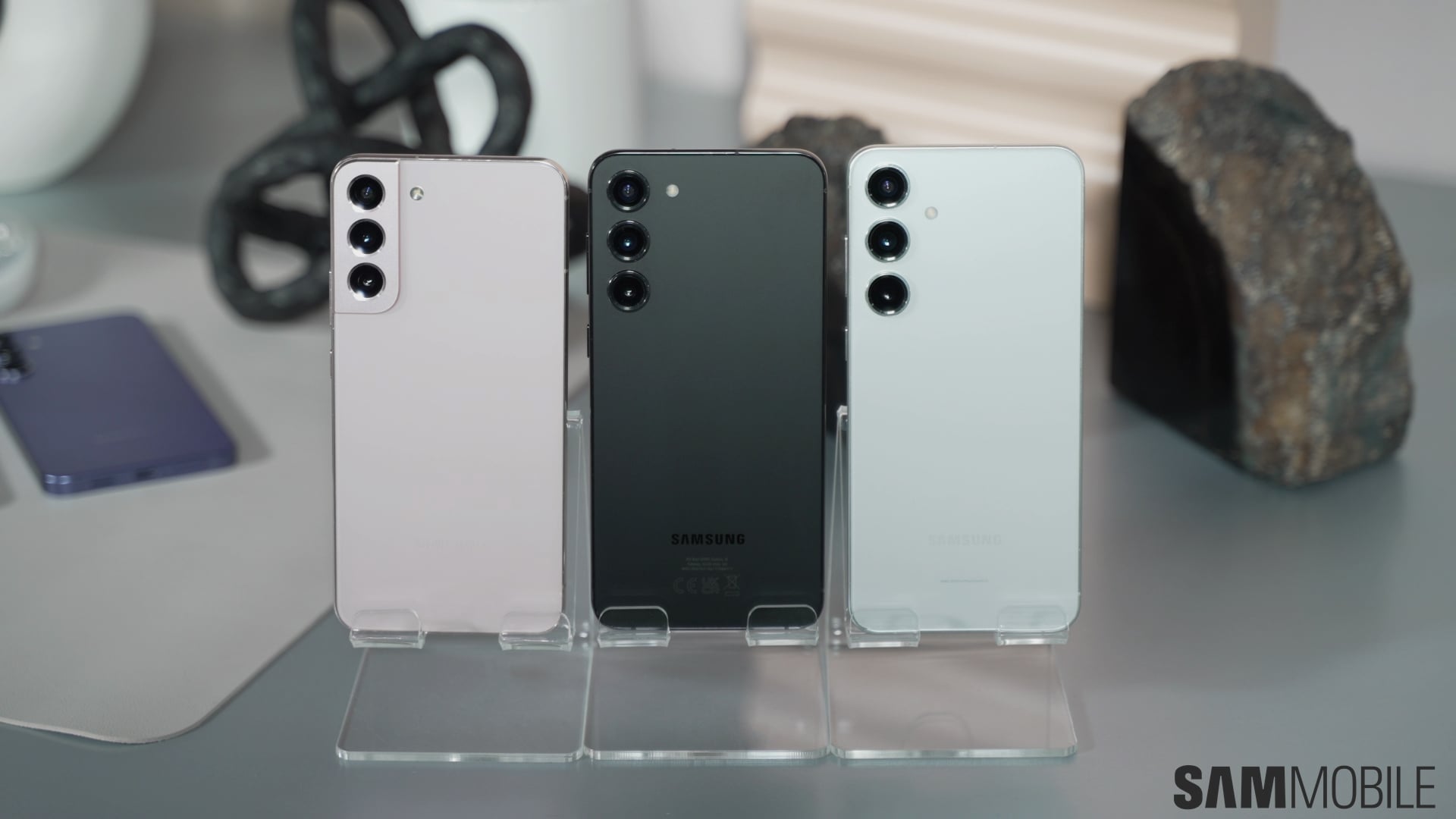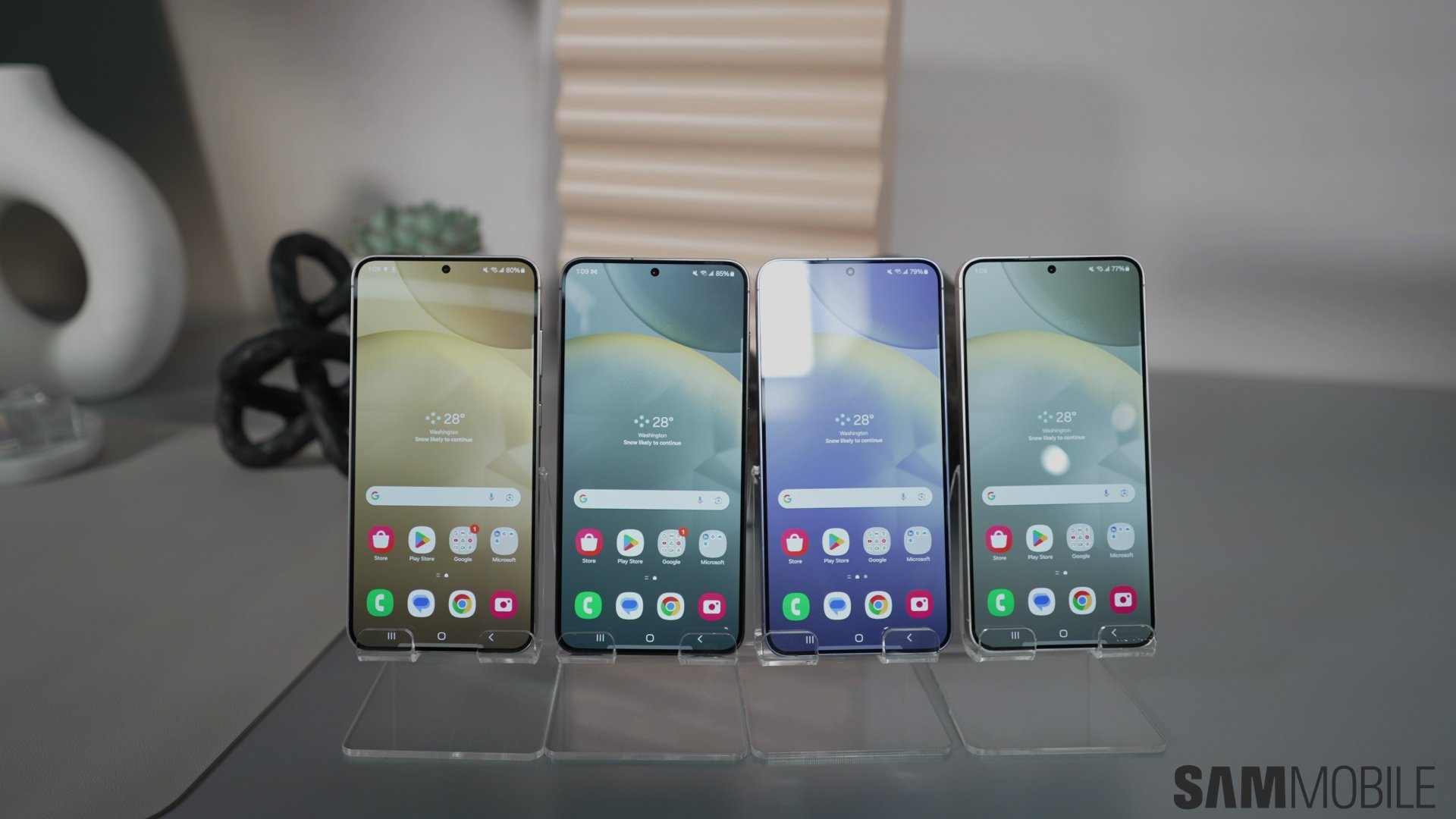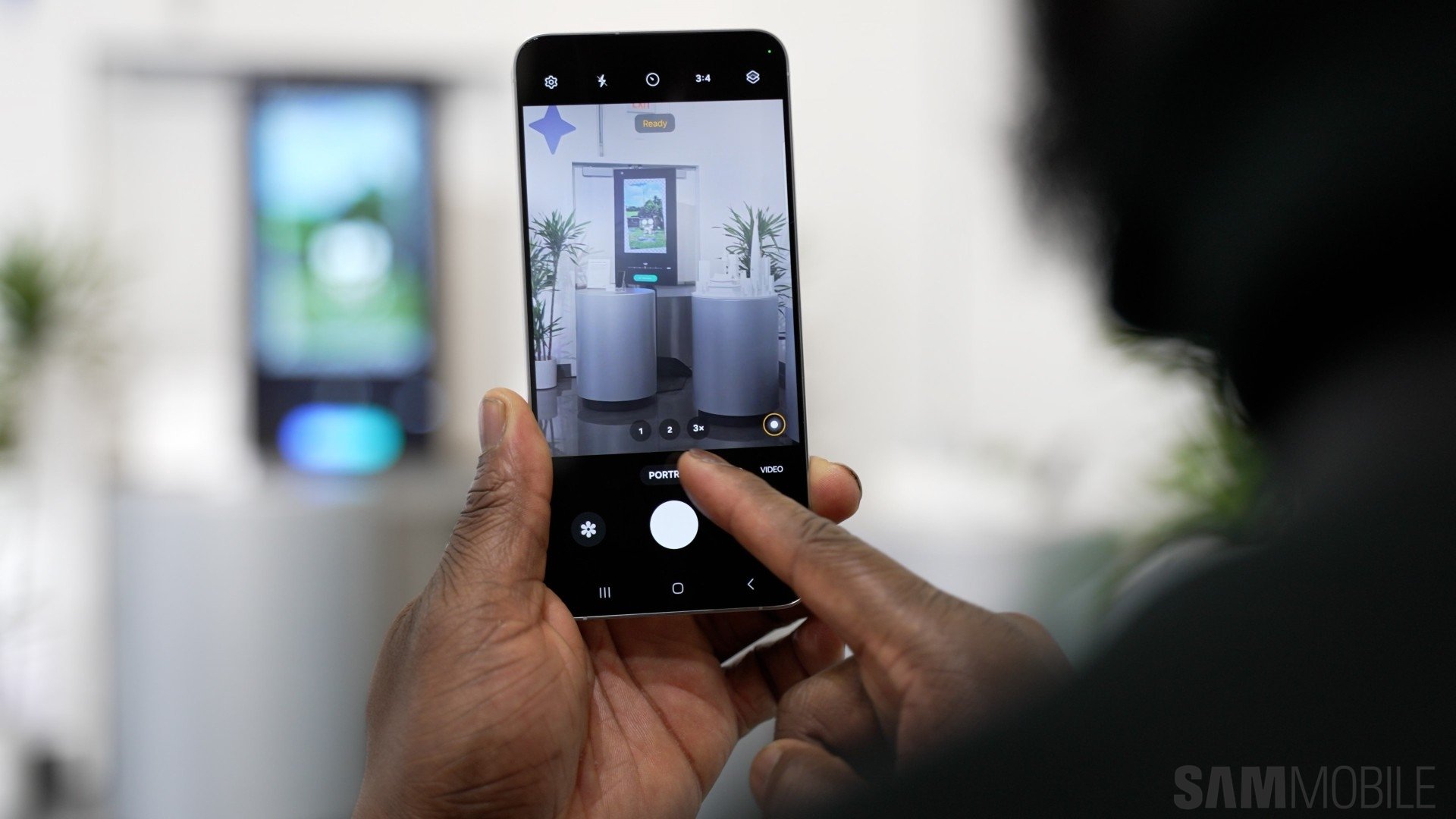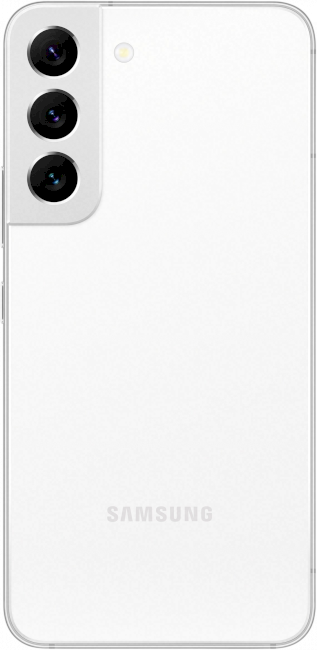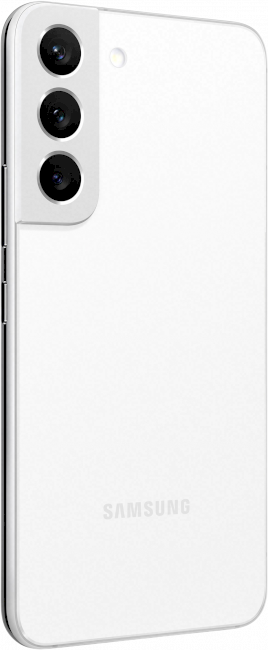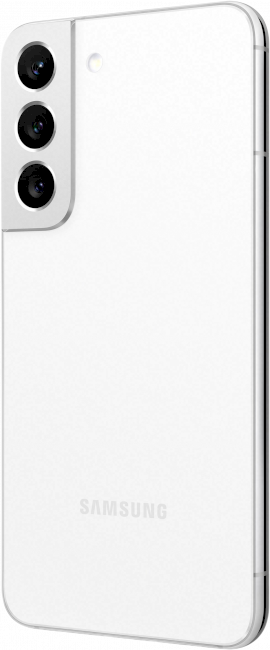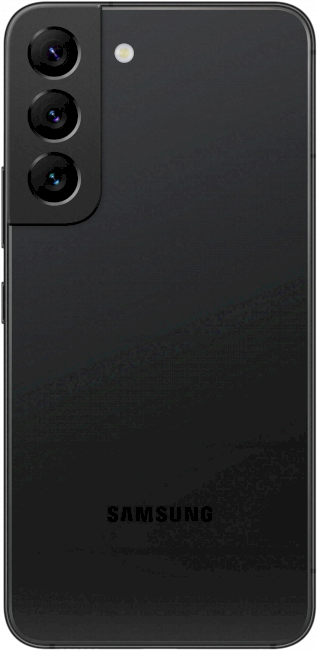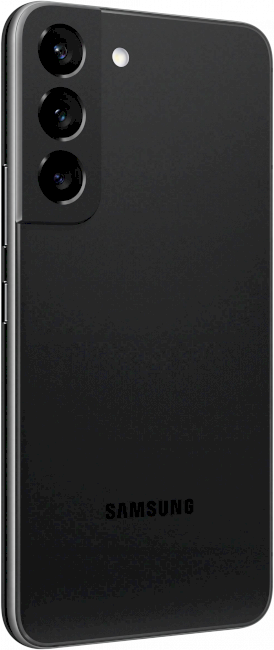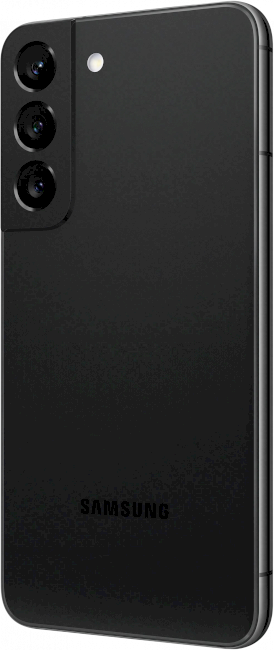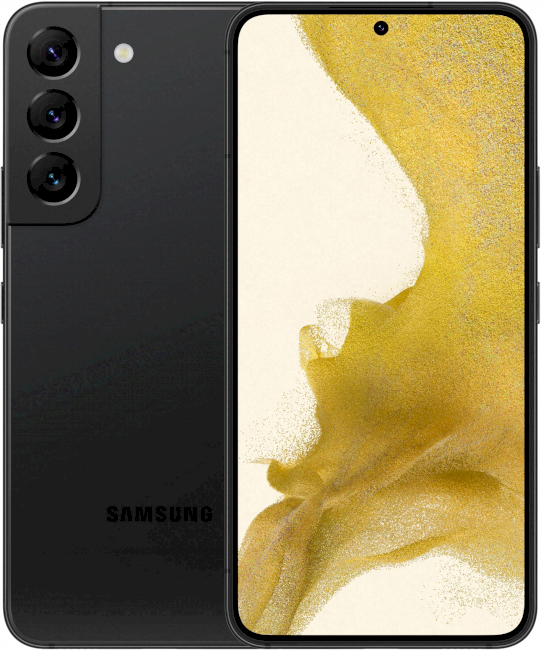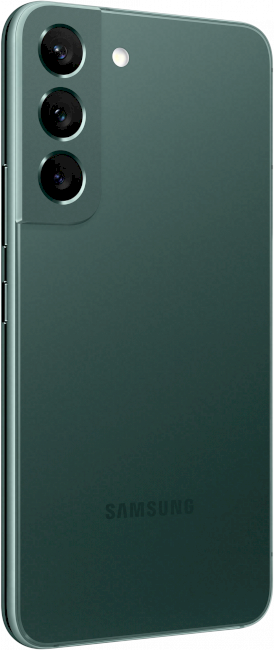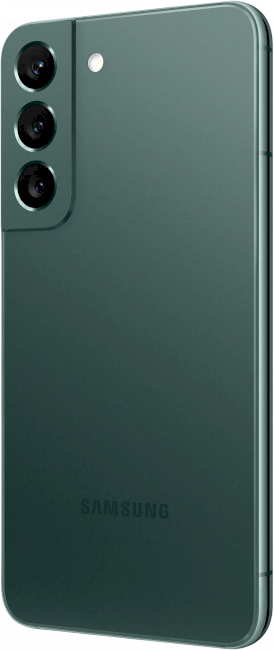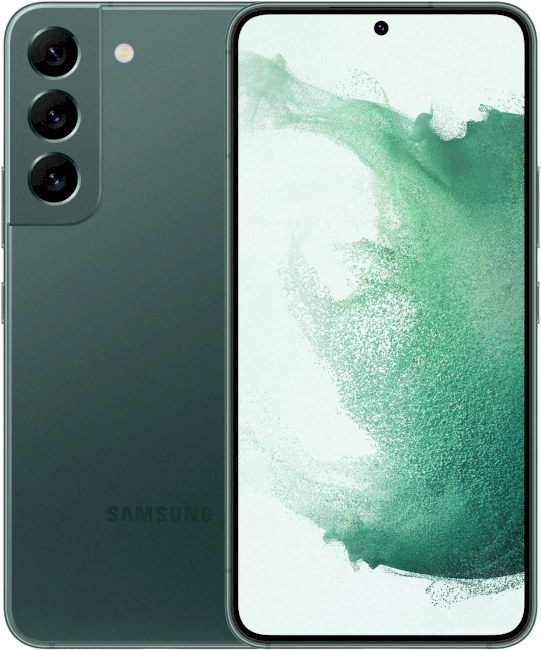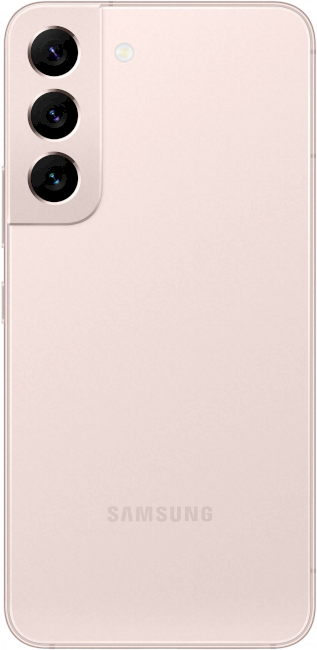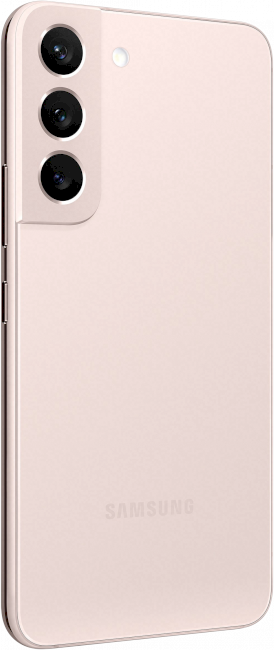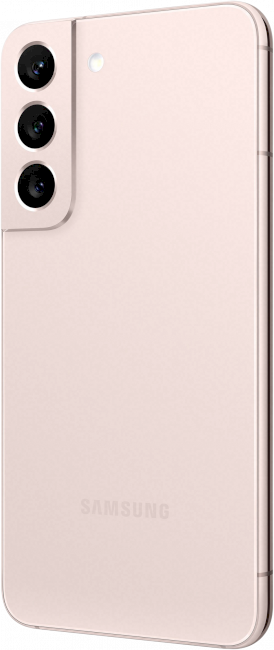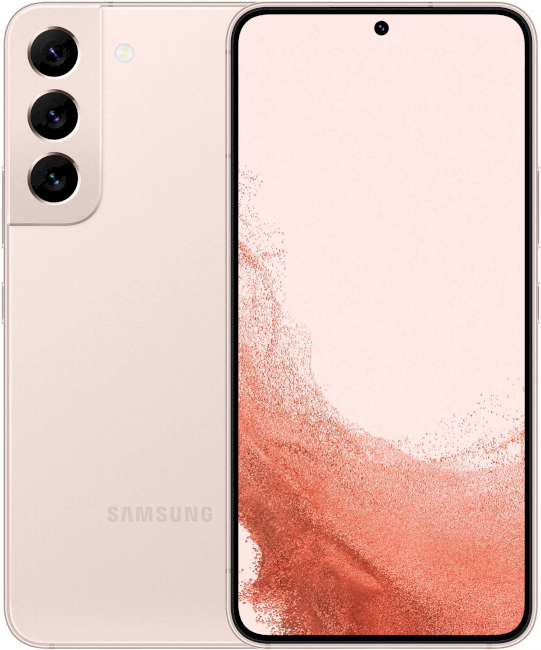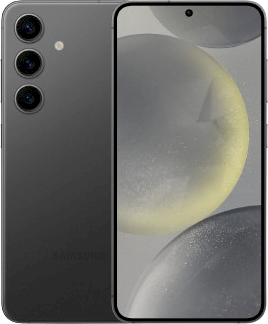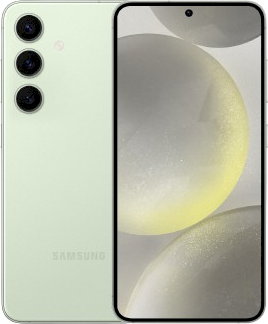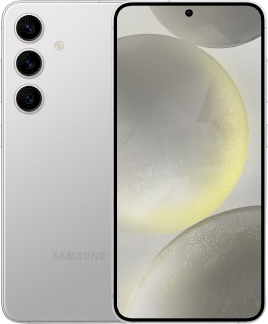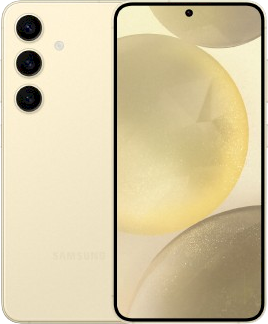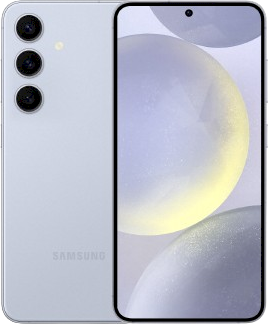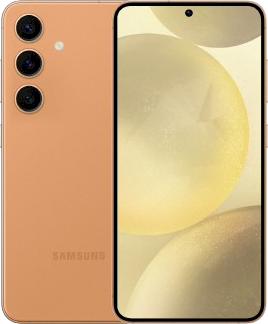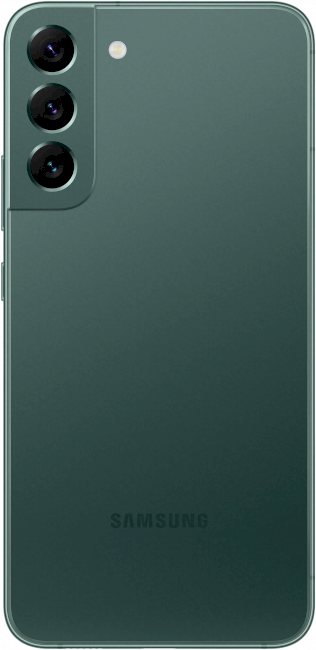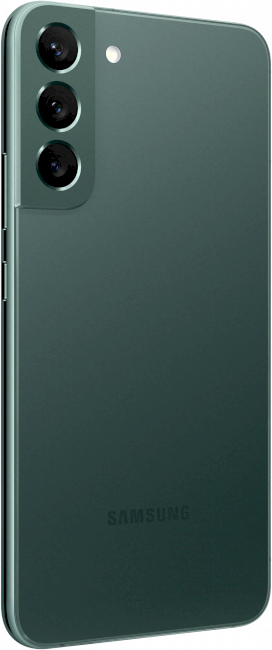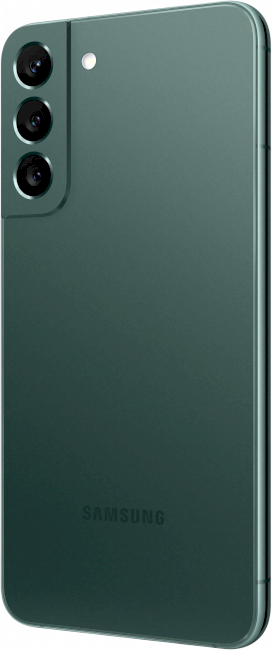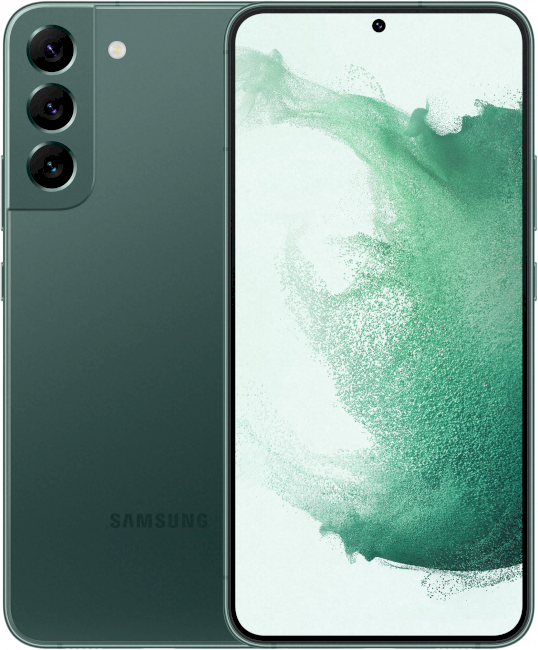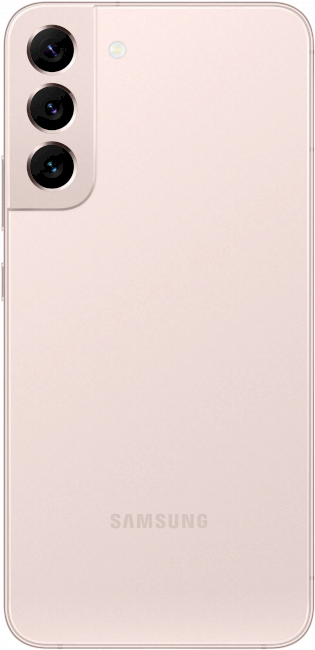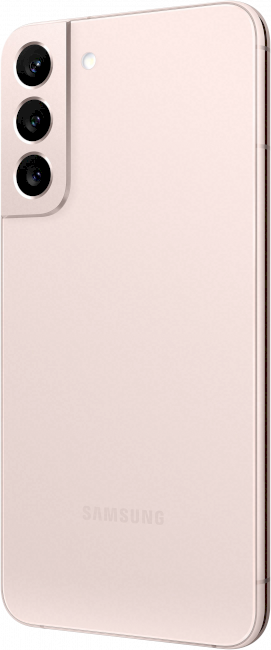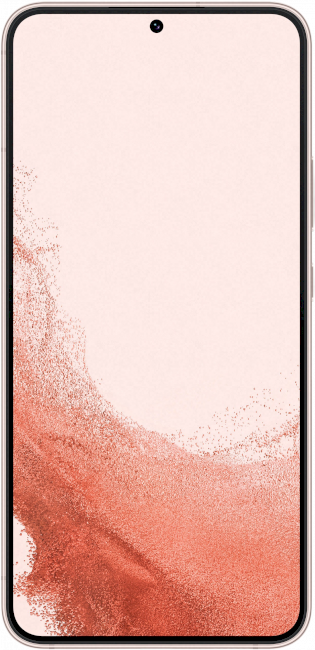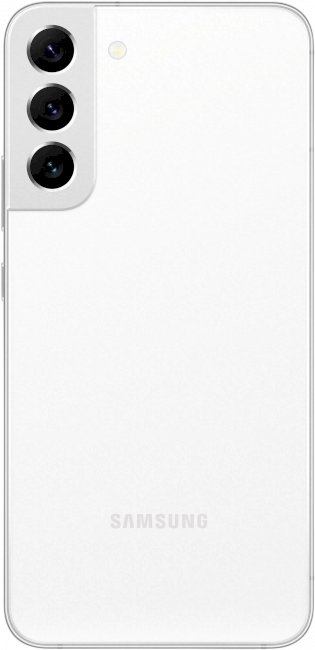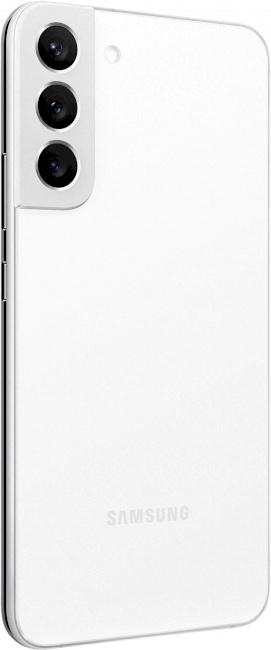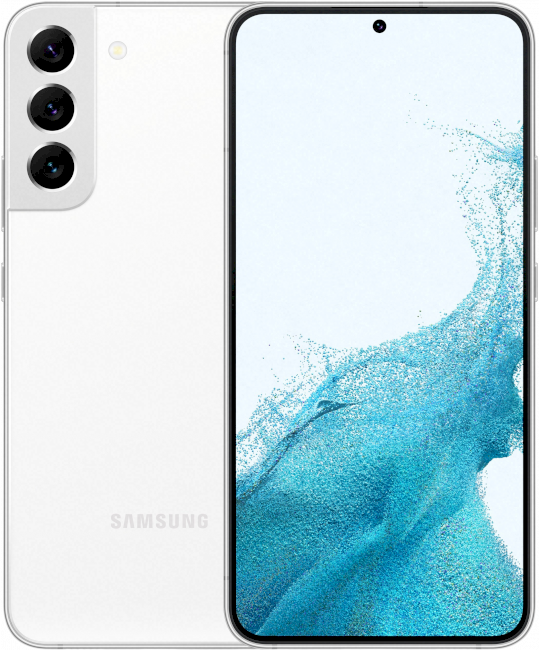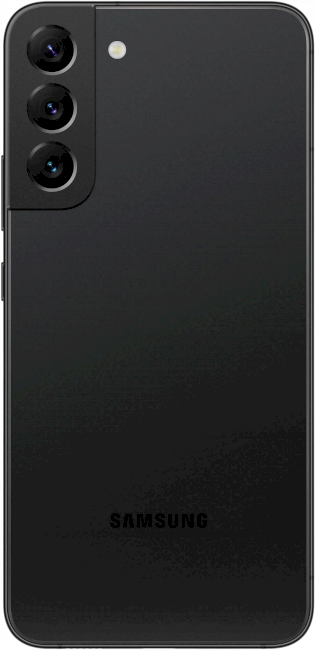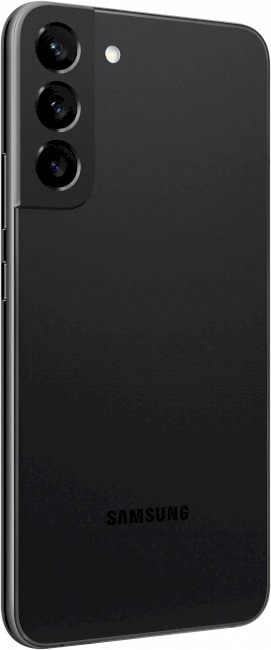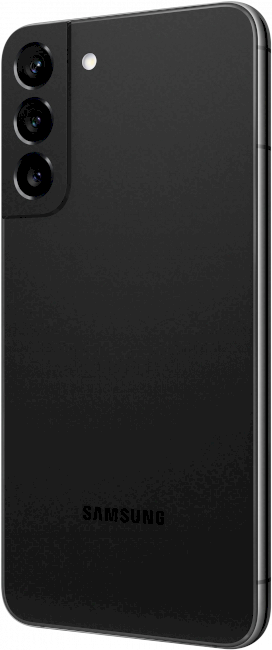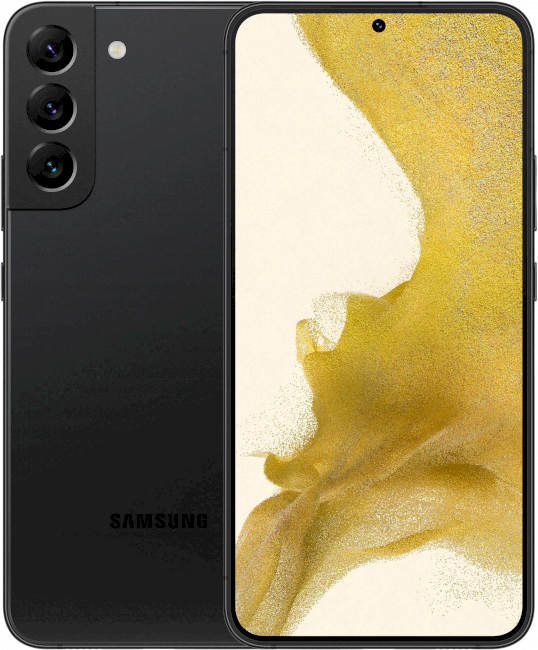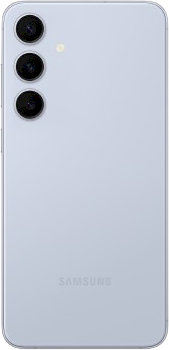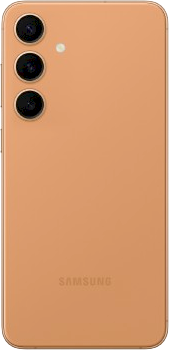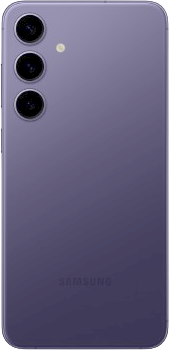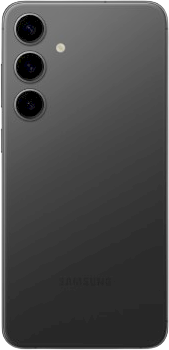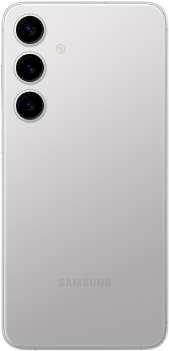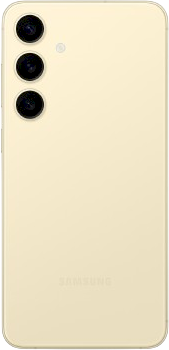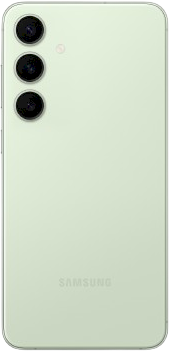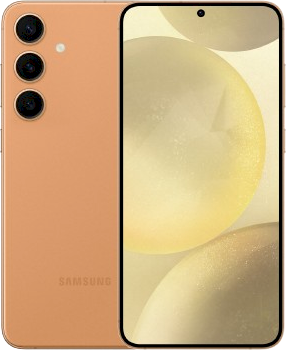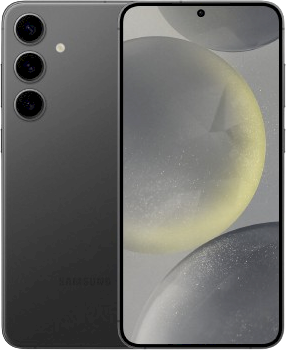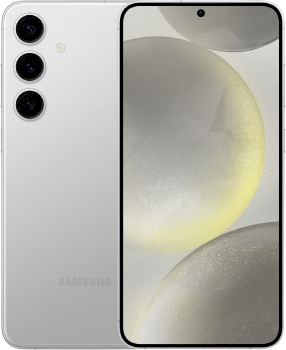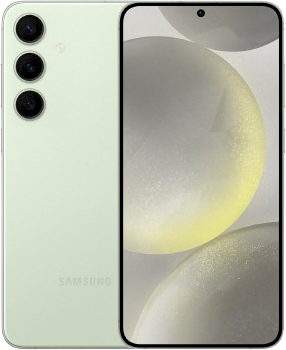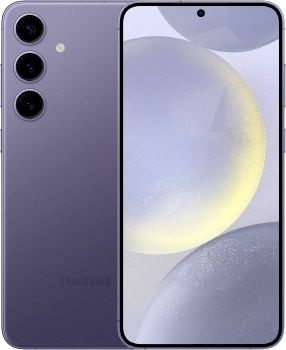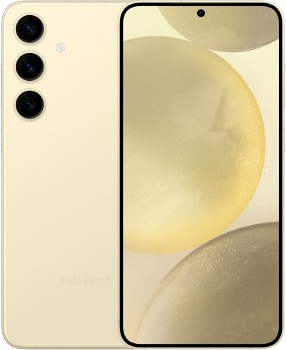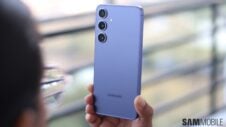Samsung's new Galaxy S24 series is official. Unsurprisingly, the lineup consists of three variants, i.e., the base S24, the Plus, and the Ultra, and they're all available for pre-order. As usual, Samsung also offers incredible trade-in values in many markets, which might tempt you into upgrading from an older model to the latest one.
So, how do the Galaxy S24 and Galaxy S24+ stack up against the Galaxy S22 and Galaxy S22+? The latter models were released almost two years ago, in February 2022, and although not a lot appears to have changed in terms of exterior design, the Galaxy S24 and S24+ bring some significant upgrades both in hardware and software.
Galaxy S22 vs Galaxy S24: Design and displays
The Galaxy S24 and S24+ look almost like the Galaxy S22 and S22+, except for the flat frames and the lack of a prominent camera contour. Instead, the 2024 models have individual circular cutouts for each rear-facing camera.
As far as the displays go, the Galaxy S24 and S24+ are now a whole lot brighter at peak levels. The 2024 flagships feature newer Dynamic AMOLED 2X technology with an LTPO / HOP backplane, and they can top 2600 nits of brightness. Furthermore, for the first time, the non-Ultra models get 1-120Hz adaptive refresh rate.
In contrast, the Galaxy S22 could reach 1300 nits, while the Galaxy S22+ would only go as high as 1750 nits. And both models were ‘limited' to 48-120Hz.
The Galaxy S24+ also received a higher-resolution panel. While the Galaxy S22+ had a 2340 x 1080 resolution, the Galaxy S24+ boasts 3120 x 1440 pixels. However, the base Galaxy S24 model retains the 2340 x 1080 resolution of the S22.
In addition, the new flagships for 2024 offer improved Vision Booster technology and introduce a new feature called Adaptive Color Tone. It's similar to Apple's True Tone and uses the cameras on the phones to determine the best color and white balance for the screen based on lighting conditions.
Galaxy S22 vs Galaxy S24: Performance and batteries
The Galaxy S24 and S24+ come with newer Snapdragon 8 Gen 3 or Exynos 2400 chips, depending on the market. And, as you may know, the older Galaxy S22 and S22+ are equipped with the Snapdragon 8 Gen 1 or Exynos 2200 SoC.
Samsung claims that the Exynos 2400 has a 70% faster CPU than the Exynos 2200 chip and a whopping 14.7x faster AI processing, which is highly important for the reasons we'll explain below.
The newer SoC also boasts the Xclipse 940 graphics chip based on AMD's RDNA3 architecture, which delivers vastly improved general performance and ray tracing compared to the Xclips 920 GPU based on RDNA2.
In addition, the Galaxy S24 and S24+ offer better cooling backed by large vapor chambers, and the Galaxy S24+, in particular, starts at 12GB of RAM and 256GB of storage minimum, as opposed to 8GB + 128GB.
Charging speeds are unchanged at 25W and 45W for the standard and Plus models, respectively; however, the newer flagships have bigger batteries. The Galaxy S24 has a 4,000mAh unit rather than a 3,700mAh one, and the Galaxy S24+ boasts 4,900mAh, up from 4,500mAh.
Galaxy S22 vs S24: Cameras
The camera hardware hasn't changed much for the Galaxy S24 and S24+. The rear-facing array consists of a 50MP primary shooter, a 12MP ultra-wide, and a 10MP telephoto, all of which have similar characteristics to the cameras found on the S22 and S22+.
However, the 2024 flagships have a 12MP selfie sensor instead of a 10MP one.
Camera improvements this year are driven mostly by more advanced AI and One UI 6.1 features. The Galaxy S24 and S24+ should offer better low-light video recording with less noise, along with cleverer AI-based editing tools.
Galaxy S22 vs S24: One UI and firmware support
Samsung's latest Galaxy S24 and S24+ flagships come with Android 14 and One UI 6.1. Although this newer version of One UI may land on the Galaxy S22 and S22+ at some point, it's unclear when, and how many features may remain S24-exclusive.
Needless to say, the Galaxy S24 and S24+ offer a superior software experience, boasting new features backed by AI, such as:
- Circle to search (powered by Google), including Gesture Search & in-depth answers, and Conversational search
- Auto Summary and Transcripts for Notes, Internet, and Voice recorder
- Translation for Call, Voice Recorder, and Interpreter
- Chat Assist with real-time conversation translation
- AI-powered tone suggestions for messages
- Generative wallpapers
- Generative Edit with background fill
- AI-powered instant slow-mo video playback in the Gallery app
- AOD wallpapers
- Unified AOD (Always on Display) and lock screen wallpapers and UI elements
- New Ambient Color Tone for the display — uses the cameras to adjust the screen's colors and white balance based on ambient lighting conditions
- AI-powered Photo Assist with Edit suggestions and Generative edit
- New accessibility feature: Relumino Mode
- Family payment method for Galaxy Store
- New feature to find family members in Samsung Find
- New feature to check Samsung Care+ sign-up date and activated status. Automatic IMEI fill-in
And more. In addition, Samsung will support its new Galaxy S24 flagships for longer. The 2024 models will receive seven OS upgrades and seven years of security patches while the Galaxy S22 lineup will remain limited to four and five years of OS and security upgrades.
You can now pre-order the Galaxy S24 or Galaxy S24+ before the official January 31 release and benefit from bonuses. Hit the “Pre-order” button below.
General Information
-
Model Name
Galaxy S22
Galaxy S24
-
Model type
Bar
Bar
-
Colors
Beige ()Light Blue ()Black ()Green ()Gray ()Rose Gold ()White ()
Yellow (Amber Yellow)Gray (Marble Gray)Violet (Cobalt Violet)Black (Onxy Black)
-
Announced
2022, February
2024, January
-
Released
2022, March
2024, January
Physical specifications
-
Dimensions
Bar: 146 x 70.6 x 7.6 mm
Bar: 146.3 x 70.9 x 7.6 mm
-
Weights
167g
167g
-
IP rating
IP68
IP68
Operating system
-
Operating system
Android 12
Android 14
-
One UI version
4.1
6.1
Networks
-
SIM
Dual SIM model
Dual SIM model
-
SIM card sizes
Nano-SIM (4FF)
Nano-SIM
-
Networks
2G3G4G5G
2G3G4G5G
-
eSIM support
Yes
Yes
Display
-
Kind
Main Display
-
Name
Infinity-O Display
Infinity-O Display
-
Technology
Dynamic AMOLED 2X
Dynamic AMOLED 2X
-
Size
6.1 inch / 154.94 mm
6.2 inch / 157.48 mm
-
Resolution
FHD+ / 2340x1080 pixels
FHD+ / x pixels
-
Refresh rate
120Hz
120Hz
General Information
-
Model Name
Galaxy S22+
Galaxy S24 Plus
-
Model type
Bar
Bar
-
Colors
Beige ()Light Blue ()Black ()Green ()Gray ()Rose Gold ()White ()
Yellow (Amber Yellow)Gray (Marble Gray)Violet (Cobalt Violet)Black (Onxy Black)Green (Jade Green)Orange (Sandstone Orange)Blue (Sapphire Blue)
-
Announced
2022, February
2024, January
-
Released
2022, March
2024, January
Physical specifications
-
Dimensions
Bar: 157.4 x 75.8 x 7.6 mm
Bar: 157.8 x 76.2 x 7.6 mm
-
Weights
195g
195g
-
IP rating
IP68
IP68
Operating system
-
Operating system
Android 12
Android 14
-
One UI version
4.1
6.1
Networks
-
SIM
Dual SIM model
Dual SIM model
-
SIM card sizes
Nano-SIM (4FF)
Nano-SIM
-
Networks
2G3G4G5G
2G3G4G5G
-
eSIM support
Yes
Yes
Display
-
Kind
Main Display
-
Name
Infinity-O Display
Infinity-O Display
-
Technology
Dynamic AMOLED 2X
Dynamic AMOLED 2X
-
Size
6.6 inch / 167.64 mm
6.7 inch / 170.18 mm
-
Resolution
FHD+ / 2340x1080 pixels
FHD+ / 3120x1440 pixels
-
Pixel density
513 PPI
-
Refresh rate
120Hz
120Hz
